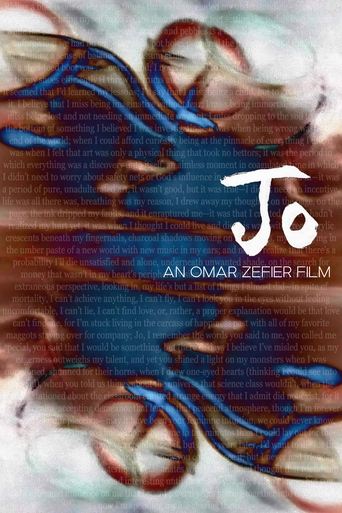
11 Feb 2025

Jo
Jo; or The Act of Riding a Bike is Zefier's third film.
An abstract film consists of static shots of a small house-like being demolished through temporal ellipsis.

11 Feb 2025

Jo; or The Act of Riding a Bike is Zefier's third film.

01 Feb 2023

Leevi Pienihäkkinen’s tight experimental short documentary Peace and Silence dives into the Helsinki night, exploring the darkened city with fresh eyes. The familiar spots of the city centre flash in the images, but something is different. The everyday becomes weird, details vanish, lights shine taking over everything around them. Humans remain anonymous and faceless, silhouettes against the backdrop of the dark city.
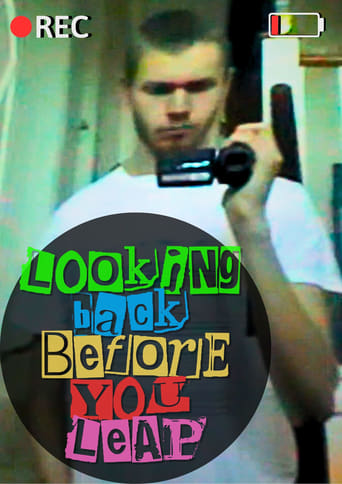
31 Jan 2023

A collection of memories from a tumultuous time at University.
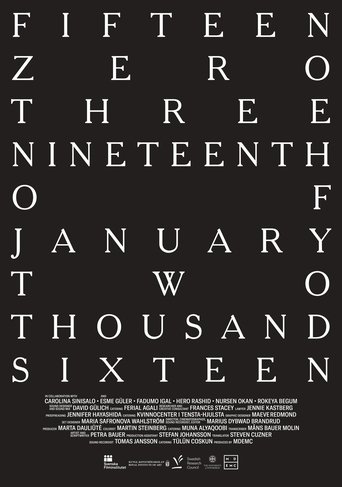
29 Jan 2024

fifteen zero three nineteenth of january two thousand sixteen explores how everyday routines and gestures are transformed when a mother loses her child in the violence impacting Swedish outskirts since the early 2000s. The film resists simplistic media depictions of the suburbs and shows how a home can hold both mourning and the mobilization of women to fight for their own and others' children.
28 Jan 2024
A video project meant to highlight the human cost in Palestine.
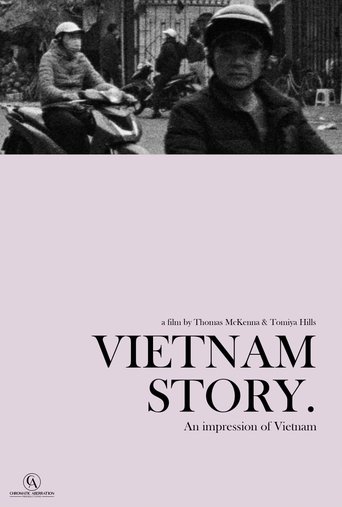

A cinematic impression of Vietnam, told through the eyes of Vietnamese immigrants.

20 Mar 2025

No overview found
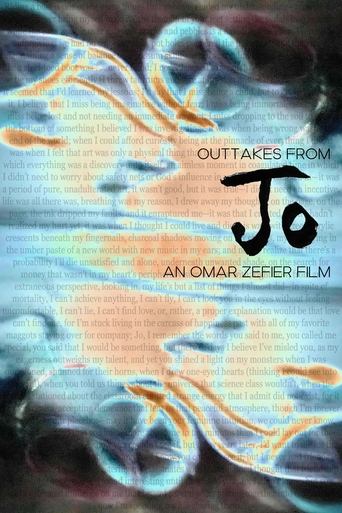
11 Feb 2025

Outtakes, commentary from Zefier's third film: Jo; or The Act of Riding a Bike.
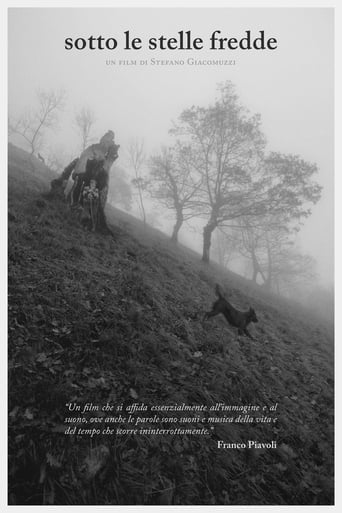
06 Sep 2020

Set in the mountains of northeast Italy, this film may be considered an observational documentary about rural life. Although this is undeniably the case, at the same time Under the cold stars can hardly be considered a documentary: the microcosm on which it focuses appears to be a reflection of a broader reality and perhaps a way to deal with the themes of man’s existence and his relationship with animals, nature and, most importantly, with time. As written by Franco Piavoli "it is a film which essentially relies on images and sound, where words themselves are sound and the music of life, of the relentless flow of time."
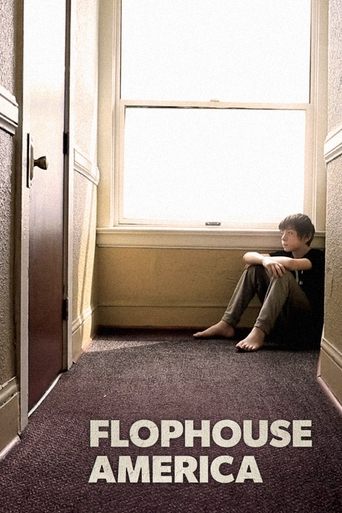
19 Jun 2025

Because of the big housing problem in the US many people move into cheap, run down hotels, the so-called Flophouse hotels. Twelve-year-old Mikal was born and raised in a hotel room he shares with his parents, who struggle with substance abuse. Driven by love and a desire for a better life, his greatest wish is for his mother to stop drinking. Mikal is bright and articulate, but his parents’ struggles prevent them from giving him the stability he needs. Through Mikal’s perspective, the film paints an intimate portrait of resilience, hope, and the harsh realities of life on society’s margins.
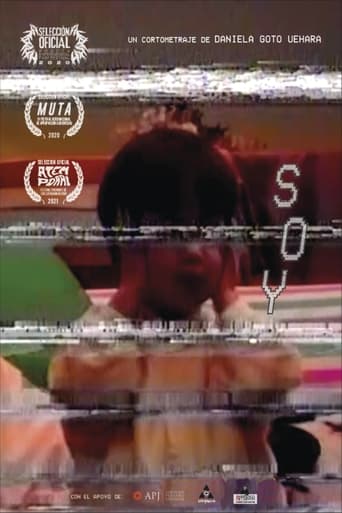
10 Jun 2020

No overview found

18 Aug 2018

Part ethnographic film and part experimental film, கோயில் (The Temple) is a hybrid piece of cinematography that questions the act of observing.

01 Jan 1970

Between 1968 and 1970, J M Goodger, a lecturer at the University of Salford, made a film record of the living conditions in the slums of Ordsall, Salford, which were then in the process of being demolished. Under the title 'The Changing face of Salford', the film was in two parts: 'Life in the slums' and 'Bloody slums'.
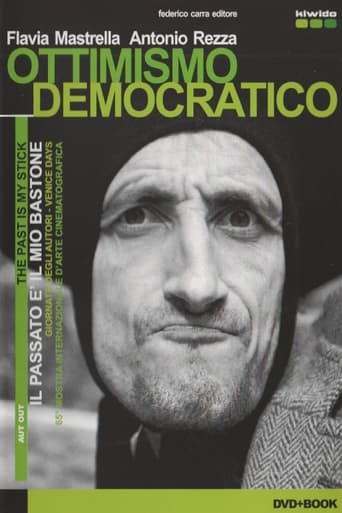
01 Jan 2009

No overview found
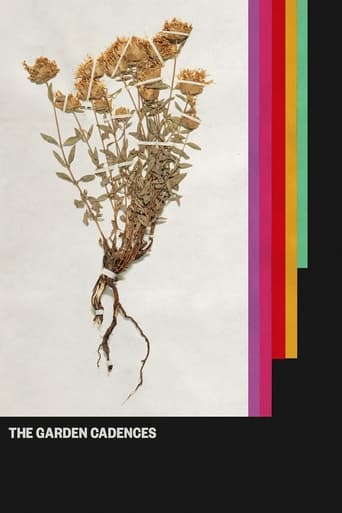
23 Mar 2024

Jone is ready to fly. She finds herself at the beginning of something new, but before she moves on, there needs to be a closure. Jone is one of Mollies, the queer-feminist collective that had been living for a decade at a trailer park next to Ostkreuz, Berlin.

01 Oct 2023

STRATA INCOGNITA, is a trans-scalar and trans-temporal journey across the geographies that articulate soil as an agro-industrial infrastructure, but also as an ecosystem and a somatic archive of crimes, memories and myths.
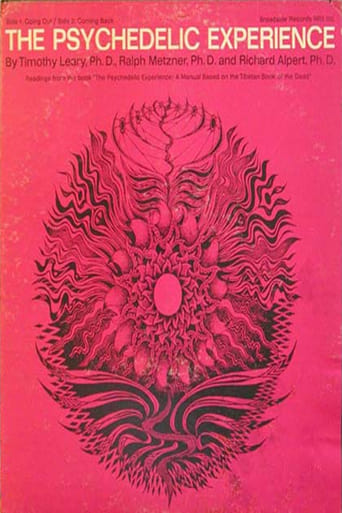
23 Jan 1965

Experimental movie, where a man comes home and experiences LSD. His kaleidoscopic visions follow, with readings inspired by the Tibethan Book of the Dead.
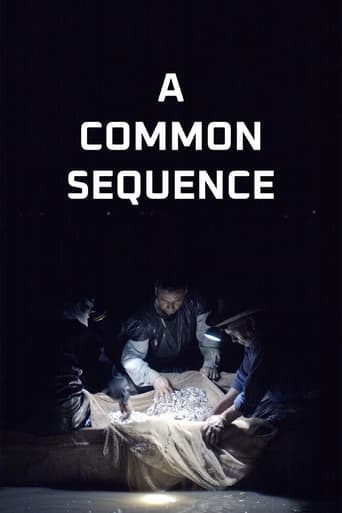
20 Jan 2023

An interconnected look at tradition, colonialism, property, faith, and science, as seen through labor practices that link an endangered salamander, mass-produced apples, and the evolving fields of genomics and machine learning.
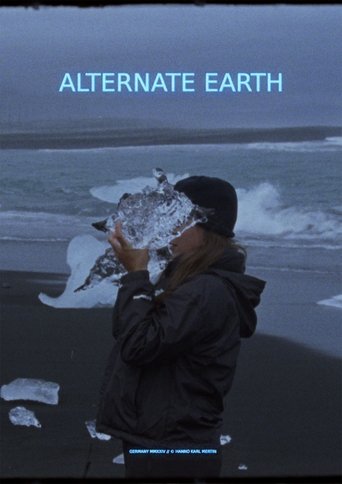
05 Apr 2025

A scientific expedition travels to an alternative Earth in hope of finding a new home for humanity, which has destroyed its own planet. But is it even possible to escape old patterns?
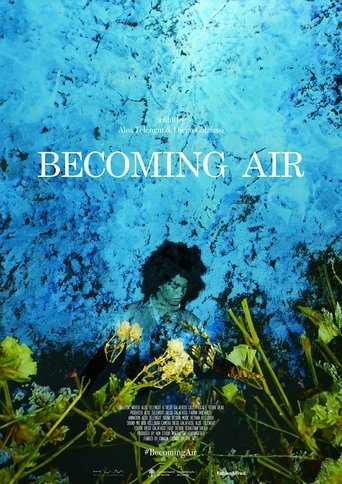
04 Apr 2025

Breathe deeply: in 3 years, your molecules will circle Earth, as today’s oxygen came from nature.